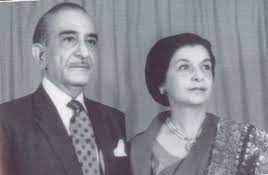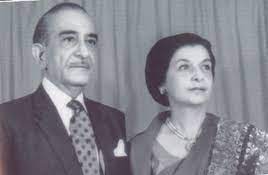It has been my peeve that much of #Maharashtrian cuisine is not found in #Mumbai’s restaurants. Most #Marathi places offer #Goan or #Malvani #food. Perhaps because many Marathis here hail from these coastal regions. I found Martand at Lalbag which serves Ghati food #FoodTwitter 





Then, we ordered Martand Special Mutton Thali. It comes with Malvani rassa, kala rassa, Alani rassa, kharida mutton, mutton in black gravy, egg masala in black gravy, solkadi, one jowar bhakri and Indrayani rice
Rating: 4/5



Rating: 4/5




The kharda mutton is tasty but a bit too spicy. After all, it is cooked in a base or green chilli paste. The star of the thali is the alani rassa, which is a kind of soup/ broth
Overall, this thali was tasty but a bit too spicy for my palate
Overall, this thali was tasty but a bit too spicy for my palate

The mutton Malvani thali was okay, slightly on the sweeter side. With mutton, gravy and five vadas (puris), plus rice.
4.5/5
4.5/5

They serve Indrayani rice (a variety grown in & around Pune district and elsewhere too) with a generous amount of ghee. Have it with just ghee or with any of the rassas. Superb.
Since the meal was too spicy, we ended it with caramel custard. Unfortunately, Kharwas was not available. 

Overall, I will rate this place 4.5/5. Deducting half a star for the level of spice in the kharda mutton. A must visit for any lover of #Maharashtrian food who wishes to try out cuisine beyond the run of the mill stuff. It is next to Avighna park on Dr Babasaheb Ambedkar road.
• • •
Missing some Tweet in this thread? You can try to
force a refresh

















































